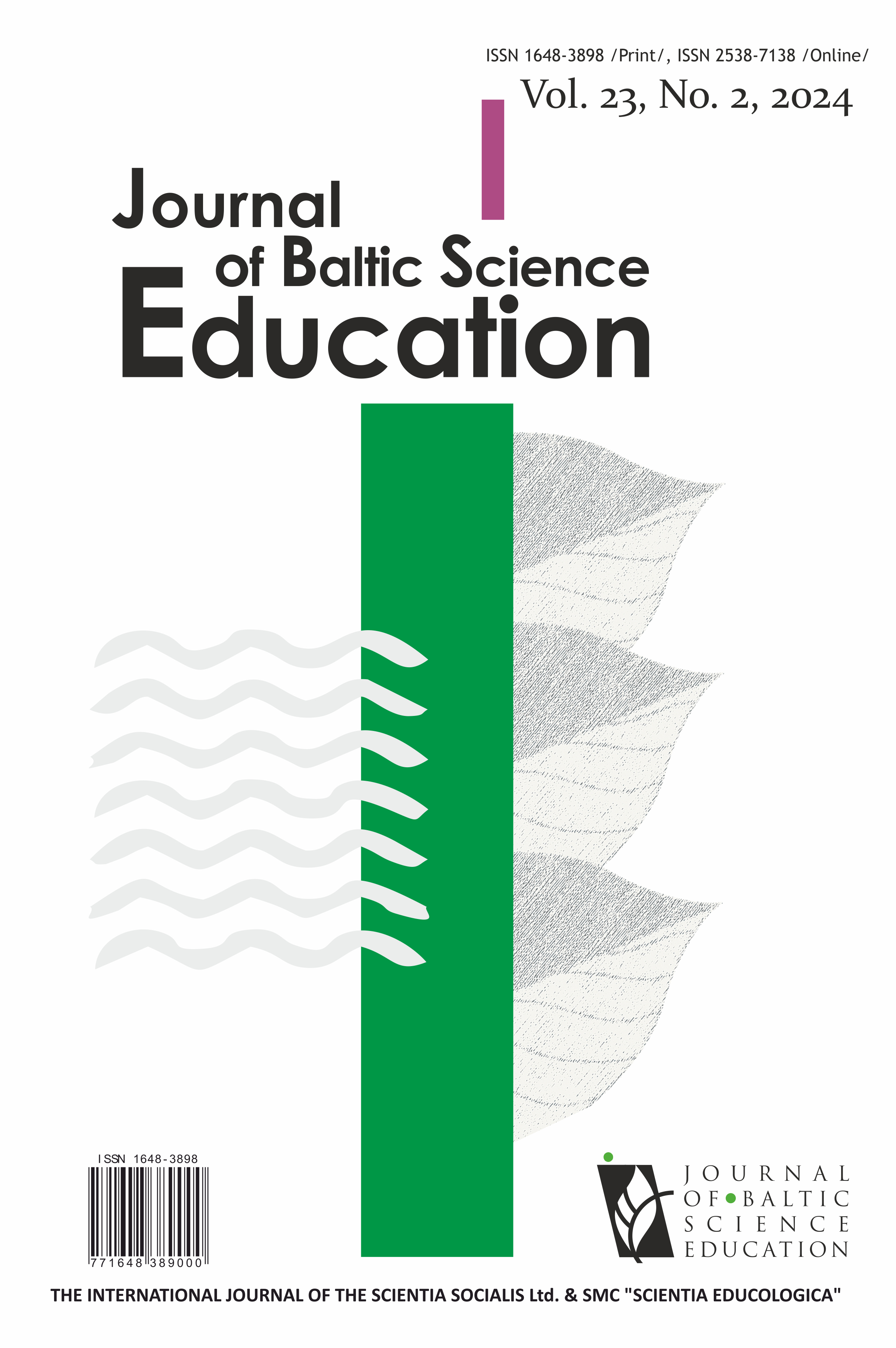WHAT AND WHO INSPIRED ME TO BECOME A SCIENTIST AND FURTHER A SCIENCE EDUCATOR?
WHAT AND WHO INSPIRED ME TO BECOME A SCIENTIST AND FURTHER A SCIENCE EDUCATOR?
Author(s): Georgios TsaparlisSubject(s): Social Sciences, Education
Published by: Scientia Socialis, UAB
Keywords: logical thinking; chemical equations; physical sciences; physics and chemistry;
Summary/Abstract: According to Alex H. Johnstone, “most of the concepts we develop in everyday living (such as cars, trees, houses, dogs, and flowers) are based on tangible things; things we can touch, see, smell and taste. … However, concepts such as element, enzyme, atom, gas, resistance, molarity, entropy, and many others cannot be constructed directly by our senses. Some are one or even two steps removed from direct sensory perception” (Johnstone, 2007, p. 8). The famous Johnstone triangle for the physical sciences (Johnstone, 1982 ─ see Figure 1) has at one of its corners tangible things, constituting the “Macroscopic” or “Macro Level”. The two other levels that facilitate further understanding are the “Symbolic and Mathematical Level”, which involves symbols, mathematical and chemical equations, as well as graphs and calculations, and the “Submicroscopic” or “Submicro Level”, which refers to entities such as atoms and molecules, that are so tiny that we cannot observe them either directly or even with the help of a strong microscope; these entitles are objects of thought and we draw conclusions about them through logical thinking and inferences. The emphasis among the three levels varies between the physical sciences, physics and chemistry.
Journal: Journal of Baltic Science Education
- Issue Year: 23/2024
- Issue No: 2
- Page Range: 180-186
- Page Count: 7
- Language: English

